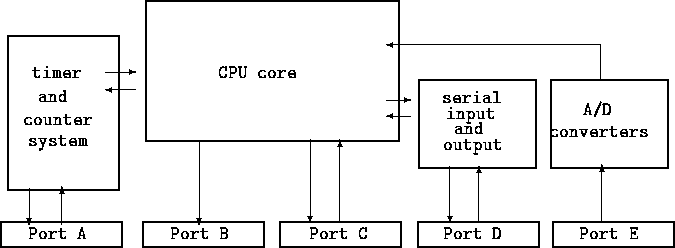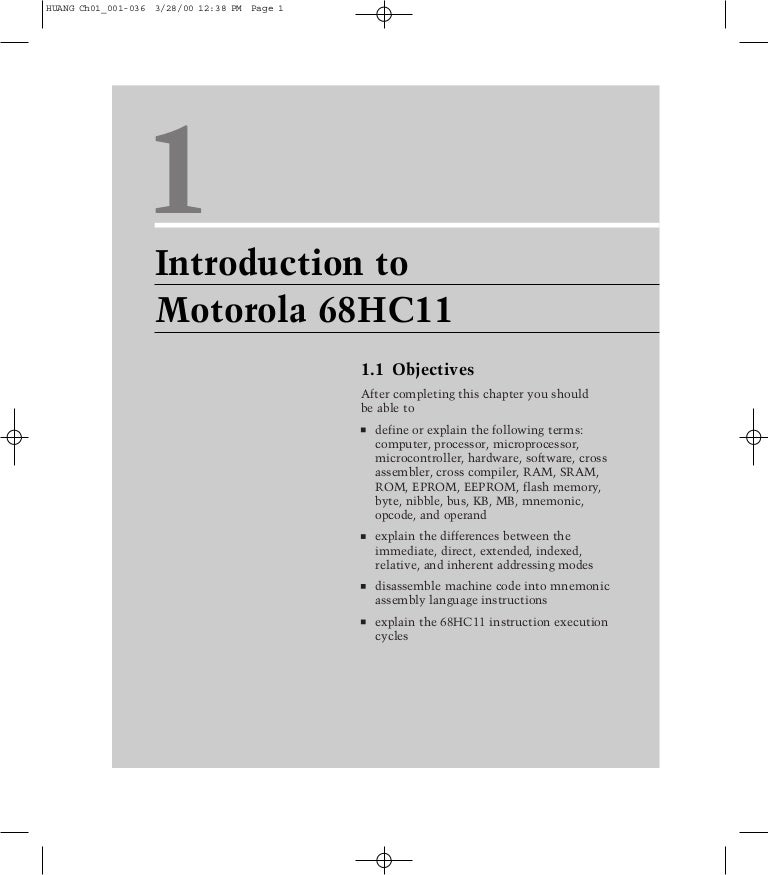고정 헤더 영역
상세 컨텐츠
본문
Warning:We now ship the EVBplus2 trainer without the EEPROM, 28C256,installed. The EEPROM, 28C256, in DIP package has been discontinued byIC manufacturers. There is no replacement available.The EVBplus2 board is very similar to the original Motorola EVBboard in terms of the PCB component layout, thus allowing a smoothtransition for upgrading the old EVB board. All users’ EVB/EVBU/EVBU2add-on boards can also be used without any modifications.
A smallsolderless breadboard allows quick prototyping of user’s additionalcircuits.Thekit includes the EVBplus2 board, a solderless breadboard,a 16x2 LCD display and an RS232 DB9 cable.For customers in US and Canada, you will also receive afreeswitching power AC adapter.All 68HC11 I/O lines (PA0-PA7, PB0-PB7, PC0-PC7, PD0-PD5, PE0-PE7)on the EVBplus2 board are available to user programs. Port B and port Care emulated by 68HC24 PRU. We also added a 65C22 VIA to offer 16 morebi-direction I/O lines (port F and G) for user applications.


Serial Communication Interface Motorola 68hc11 2
68HC11 block diagramInternally, the HC11 is upward compatible with the, with the addition of a Y. (Instructions using the Y register have prefixed with the byte 18). It has two, A and B, two, X and Y, a condition code register, a 16-bit, and a. In addition, there is an 8 x 8-bit multiply (A x B), with full 16-bit result, and Fractional/Integer 16-bit by 16-bit Divide instructions.
A range of 16-bit instructions treat the A and B registers as a combined 16-bit D register for comparison (X and Y registers may also be compared to 16-bit memory operands), addition, subtraction and shift operations, or can add the B accumulator to the X or Y index registers. Bit test operations have also been added, performing a logical AND function between operands, setting the correct conditions codes, but not modifying the operands.Different versions of the HC11 have different numbers of external ports, labeled alphabetically. The most common version has five ports, A, B, C, D, and E, but some have as few as 3 ports (version D3). Each port is eight-bits wide except for D, which is six bits (in some variations of the chip, D also has eight bits).

It can be operated with an internal program and (1 to 768 bytes) or an external memory of up to 64. With external memory, B and C are used as. In this mode, port C is to carry both the lower byte of the address and data.Implementations.
52-pin (PLCC)In the early 1990s Motorola produced an evaluation board kit for the 68HC11 with several UARTs, RAM, and an EPROM. The cost of the evaluation kit was $68.11.The standard monitor for the HC11 family is called BUFFALO, 'Bit User Fast Friendly Aid to Logical Operation.' It can be stored in on-chip ROM, EPROM, or external memory (also typically EPROM). BUFFALO is available for most 68HC11 family derivatives as it generally only depends upon having access to a single UART (SCI, or Serial Communications Interface, in Motorola parlance). BUFFALO can also run on devices that do not have internal non-volatile memory, such as the 68HC11A0, A1, E0, E1, and F1 derivatives.Other versions The microcontroller family is intended as a mostly software compatible upgrade of the 68HC11.The microcontroller family is an enhanced version of the 68HC11.The robotics controller by Fred Martin is based on the 68HC11.A MC68HC24 port replacement unit is available for the HC11. When placed on the external address bus, it replicates the original functions of B and C. Port A has input capture, output compare, pulse accumulator, and other timer functions; port D has serial I/O, and port E has an (ADC).References.
Hambley, Allan R.(2011)., Pearson Higher Education. Digitized by Google. Retrieved on May 17, 2012.Further reading Datasheets and manuals.; Motorola; 498 pages; 1991.; Motorola; 154 pages; 1991.; Motorola; 170 pages; 1991.Books. Microcontroller Technology - 68HC11; 1st Ed; Peter Spasov; Regents/Prentice Hall; 622 pages; 1993;.
Serial Communication Interface
Build Your Own Robot - 68HC11; 1st Ed; Karl Lunt; A.K. Peters Publishing; 574 pages; 2000;.External links.Simulators / Emulators. WindowsBoards.FPGA. OpenCores -.This article is based on material taken from the prior to 1 November 2008 and incorporated under the 'relicensing' terms of the, version 1.3 or later.




